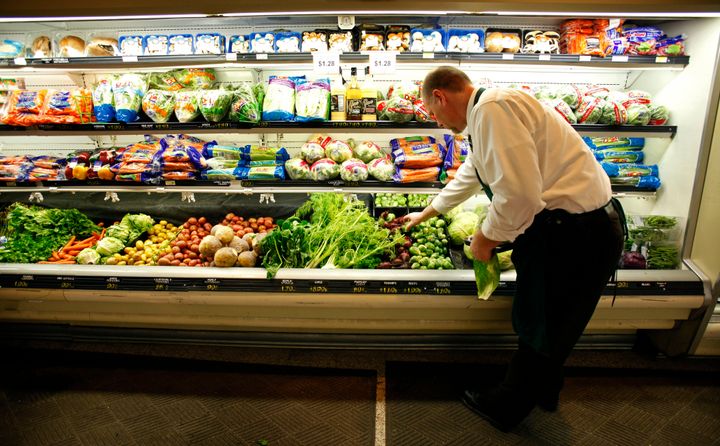
NEW YORK -- Gas prices fell in June, but prices for nearly everything else rose, according to figures released Friday by the Bureau of Labor Statistics.
Prices for food, shelter, apparel, medical care services and new and used vehicles all increased in June.
The Labor Department report, known as the Consumer Price Index, is one of the most prominent monthly indicators of inflation. It fell by 0.2 percent in June, the first decrease in a year.
That decrease was mainly due to a 6.8 percent drop in gas prices. But since gas and food prices are considered volatile, a different measurement -- known as the core index -- omits gas and food fluctuations; it climbed 0.3 percent.
The Labor Department report indicates that overall inflation is up 3.6 percent from a year ago, and the core index is up 1.6 percent. The Associated Press points out that this is slightly below the target rate of the Federal Reserve, which usually hopes to see 2 percent core inflation.
Economists tend to pay more attention to core inflation, and the rise in June's figures slightly exceeded their expectations, according to Reuters.
Experts had predicted that the report would probably show a decrease in the cost of living -- but that wasn't the case.
A recent Gallup poll suggests prices are too high for many consumers. According to a survey released Friday, Gallup's Basic Access Index -- a measurement of how many Americans can afford necessities like food, water, shelter and health care -- has not yet recovered from the drop it took in November 2008.
Gallup reports that compared to a year ago, fewer Americans say they have health insurance coverage. The number of Americans who say they have visited a dentist in the last 12 months, or have had "enough money to buy food at all times in the last 12 months" is also down.
The findings dovetail with the Labor Department's report, which shows that food prices have risen 3.7 percent over the past 12 months, with all the major food groups -- such as dairy, meats and poultry, fruits and vegetables -- increasing at least 3.2 percent.
Although gas prices experienced a month-over-month drop, they're still up 35.6 percent over a year ago. A report issued Thursday by Wells Fargo suggests that high gas prices are depressing consumer spending elsewhere.
Sales at furniture, electronics and sporting goods stores fell in June, which Wells Fargo economists attribute to the strain caused by high gas prices, though they note that department stores, clothing shops and home improvement centers posted modest monthly gains.
The good news is that many expect consumer prices to decline in the second half of the year. On Thursday, speaking at a Senate Banking Committee hearing, Federal Reserve Chairman Ben Bernanke predicted that inflation will "subside in coming quarters," according to the Wall Street Journal.
Last month, the Fed revised its core-inflation forecast upward, saying it expected to see rates of between 1.5 and 1.8 percent in 2011.
"We expect core inflation to rise during the second half of the year and then subside a bit," Mark Vitner, a managing director and senior economist at Wells Fargo Securities, told The Huffington Post via email. "Consumers simply lack the purchasing power to pay these higher prices."
